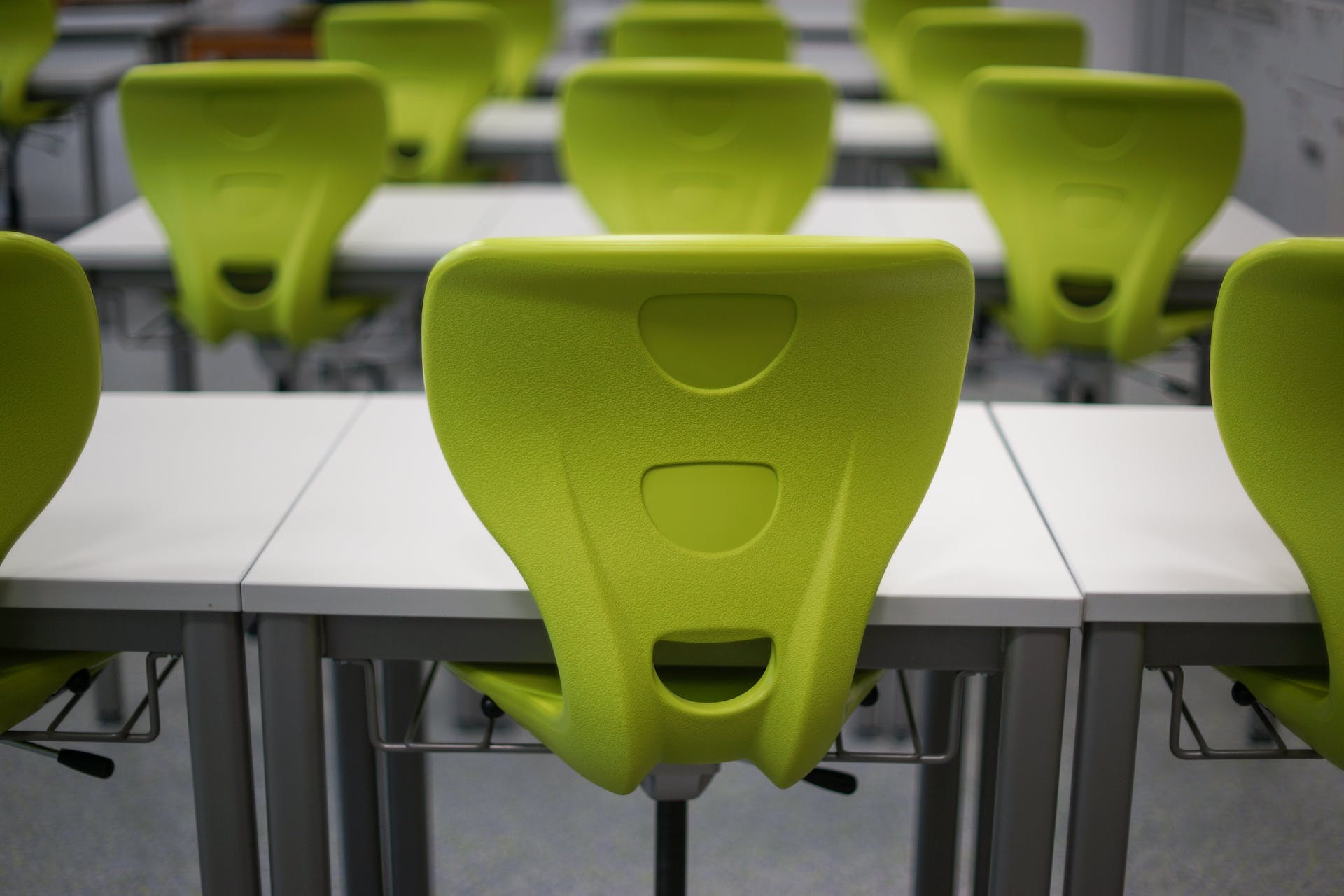Two federal agency authorizations:
- No Child Left Behind Act of 2001, HR 1, Section 5414, Studies of National Significance: directs the Secretary to issue a report on Unhealthy School Buildings; defines “healthy” schools.
- Energy Independence and Security Act, Subtitle E, Healthy, High Performance Schools, authorizes EPA to issue guidance on school siting, for state agencies on local school facilities, how pediatric environmental health experts can assist states with onsite school investigations.
Making Healthy Places: Designing and Building for Well-Being, Equity, and Sustainability, edited by Nisha D. Botchwey, Andrew Dannenberg, and Howard Frumkin, 2022
Healthy Schools Network’s Claire Barnett authored Chapter 15, “Healthy Schools.”
Biden White House Executive Order on COVID Preparedness
Biden White House COVID Preparedness Plan, 2022, directs EPA to establish a Clean Air in Buildings Challenge (including schools and offices)
Indoor Environments and Green Buildings, Environmental Law Institute
Clean and Green Healthy Schools Tips: Ann Pleshette Murphy interviews Claire Barnett, Executive Director, Healthy Schools Network. Aired on ABC NOW, April 22, 2009
Siting, Design, Construction, Renovation
The Healthy and High Performance School, Healthy Schools Network, © 2004
87 pp, a two-part report detailing how current science drives the need for healthier and greener schools
School Design Guide: Healthy & High Performance Schools, Healthy Schools Network, © 2007, 2012
6pp, includes a checklist of important features of high performance schools as well as information related to current laws and the “robust science” of school environments
School Renovation and Construction Guide: What You Need to Know to Protect Child And Adult Environmental Health, Healthy Schools Network, © 2000, 2012
6 pp, detailed steps that all schools should take to protect occupants in buildings under renovation; highlights compliance with NYS regulations, and with US Environmental Protection Agency guidelines.
Collaborative for High Performance Schools, (CHPS.net), sets standards and certifies healthy and High Performance Schools.
The CHPS model is student-centered and built on the US Green Building Council’s LEED standard to promote healthier schools and higher performing students and staff.
WEBINAR: From Research to Action: Evidence-Based Design for Healthy School Buildings, Collaborative for High Performance Schools, May 3, 2018, (register free to watch)
School Building Condition Survey program, New York State Education Department, Office of Facilities Planning.
Once every five-year surveillance of public school facility conditions, established in 1999; also requires annual visual inspections of facilities.
Lead-Safe Certified Guide to Renovate Right, US Environmental Protection Agency, 2011
School Siting Guidelines, US Environmental Protection Agency, 2011
Green Schools: Attributes for Health and Learning, National Research Council, 2007
HS Network Comment: The NRC study committee found that conventional green schools (LEED-certified) do NOT assure health and learning benefits. Read the study’s Executive Summary to find out which attributes of facilities help health and why LEED does not guarantee those results.
Creating Healthier School Facilities, peer-reviewed public health policy statement adopted by the American Public Health Association, January 2001
Indoor Air Quality Design Tools for Schools, US Environmental Protection Agency
Guidance on promoting and sustaining IAQ and indoor environmental quality in new school construction and major renovations
Acoustics
Classroom Acoustics, (Acoustical Society of America)
Ergonomics
Learning Without Pain: Ergonomics Prevents Injuries, Healthy Schools Network, © 2001, 2012
A 2 pp, guide focuses on the improper use of computers and backpacks that can lead to unnecessary body strain and provides basic information to encourage ergonomic practices to prevent injuries
Daylighting
Daylighting: Better Lighting for Healthier Students, Healthy Schools Network, © 2005, 2012
A 4 pp, references national studies on how the use of natural daylight indoors boosts test scores and includes simple illustrations on “harvesting’ daylight.”
Green and Healthy Products
Note: for information on hazardous/toxic cleaning and disinfecting products, visit our Green Cleaning and Healthy Products page.
Guide to Green Cleaning: Practices and Products for Schools, Healthy Schools Network, © 1999, 2006, 2011
4 pp, guide on cleaning for healthy schools and the challenges of school cleaning
POSTER: Cleaning for Healthy Schools
NYS Regents Advisory Committee Report on School Environmental Quality, 1994
This report seeded the national healthy schools state policy reform movement with its Guiding Principles and specific action items to improve facilities. The reference for US EPA’s guidance for state agencies.
State (Agency) School Environmental Health Guidelines, US Environmental Protection Agency
Green Ribbon Schools Award, US Department of Education
HS Network Comment: The Award scoring set federally in 2011 delivers a narrow message to states and to districts. The scoring undervalues local work needed to sustain healthy indoor environments and children’s health and learning, while prioritizing energy savings and environmental education, both of which are important, but are not associated with health or learning benefits in the peer-reviewed literature. In 2023, the US Department of Education declined to update the Award scoring. The Award does not address newer factors such climate and pandemic resiliency.
Pesticide/Integrated Pest Management

